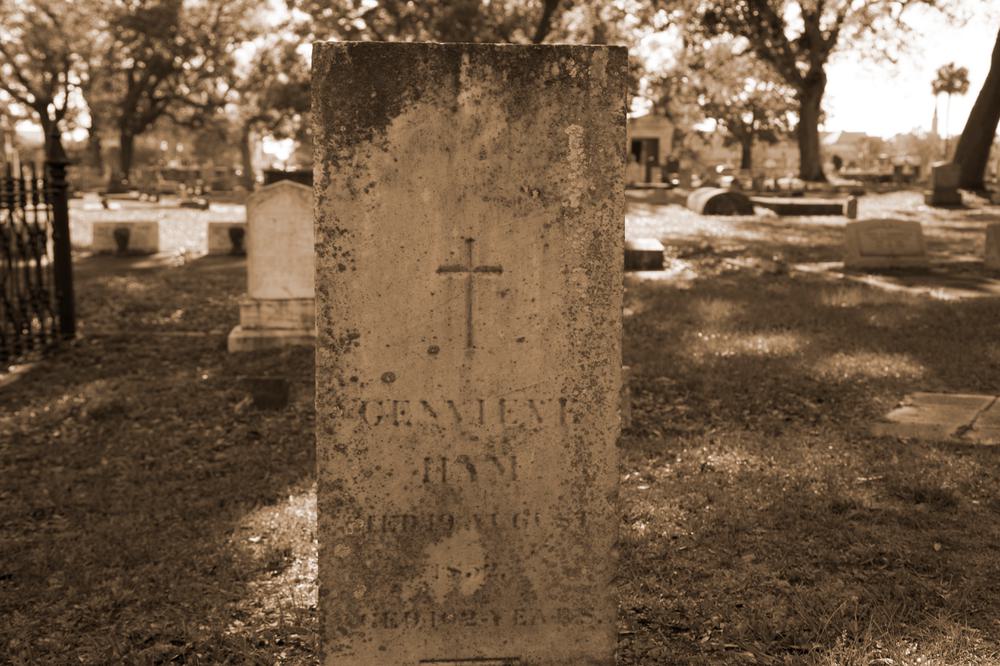
Unique, Diverse Women of Pensacola's Past: Genvieve Ham 1750-1852
Genvieve Ham was a former slave who earned her freedom, and for the remainder of her life lived in Pensacola as a free woman of color. She is listed in the 1820 Census of Pensacola as a Pardo (a person of mixed racial ethnicity). A talented seamstress, she prospered—buying property, building a home, and furnishing it with an extensive inventory of furniture and housewares. She also purchased Zelina, a domestic slave, as her servant.
In her will, Genvieve left her major possessions to the children of a local family to whom she had close ties. In addition to her house and lot, she left them her furniture and kitchenwares, along with her silver ladle and silver spoons. In her will she freed Zelina, to whom she bequeathed all of her clothing—an inheritance of considerable value at the time.
You can visit the grave where Genvieve Ham is buried in historic St. Michael’s Cemetery in downtown Pensacola at 6 N. Alcaniz Street. A Catholic cemetery dating back to 1807, St. Michael's is an open-air museum, part of Pensacola's rich history and a place full of stories. The cemetery was dedicated as a state park in 1949 and is listed on the National Register of Historic Places. The earliest surviving above-ground markers in St. Michael’s are associated with Pensacola’s Second Spanish Period (1781-1821).
A weathered gravestone marks the spot where Genvieve Ham was laid to rest in 1852. It represents her age as 102 years, but she is believed to have been around 85 years old when she died. …Still, a long and successful life that saw many changes.
[Special Thanks To: Margo Stringfield, UWF Archeology Institute]